You should always carry a bushcraft first aid kit when going on any outdoor excursion. This is especially true if you plan to do any sort of hiking or camping. In case of an emergency, you need to be prepared with the right medication and equipment, as well as a proper first aid kit. To build a quality first aid kit, consider taking a course. You can learn all the tricks of the trade, such as the proper usage of the kit's contents.
SURVIVEWARE kit
A SURVIVEWARE bushcraft first-aid kit includes everything you need for an emergency in the great outdoors. From clotting agents to combat gauze, the kit has all you need to stay alive. This first-aid kit also includes an inventory list of all the items you will need. The kit is lightweight, so you won't be carrying a heavy backpack with you. It comes with instructions on how to use the contents.
The kit's durable construction is very strong. It has a large main zipper that allows you to access everything quickly, as well as sturdy strapping and D-rings for attaching the kit to a vehicle. It also features a waterproof case for the supplies inside. There are several compartments, and all of the supplies are labeled for easy identification. The kit also has a reordering service for the medical supplies you may need.
ITS Tactical kit
ITS Tactical bushcraft first aid kits are designed to be lightweight, easy to use, and versatile. They can be carried on a tactical backpack or trunk material. They have internal pouches to secure supplies. They can also be attached to a tree or roll bar in a vehicle. ITS Tactical bushcraft first aid kit includes the necessary first aid supplies for treating a variety of common injuries.
A good tactical first aid kit contains two pressure dressings and a reliable tourniquet. It also contains gauze to dress wounds and prevent infection. Other important items to consider are an emergency blanket and poncho for protection during sudden rainstorms. Also, make sure you have a compass to find your way out of a secluded area. A flashlight and glow sticks are also important tools for calling help. You can attach a paracord bracelet or other accessories to your backpack or headrest to alert others of your whereabouts.
Everlit kit
If you're planning on taking a hiking trip with your family or friends, you should consider purchasing an Everlit bushcraft first aid kit. This versatile first aid kit includes essential medical supplies, as well as survival gear. Made of waterproof 600D nylon, this kit is ideal for outdoor adventures. It features three large compartments and enough space to contain all your medication in case of an emergency. The compact design of this kit makes it easy to carry in a backpack or stow it indoors.
The Everlit Survival Emergency Advanced Trauma Kit is the perfect outdoor emergency kit. It is lightweight, with an overall size of 8" x 6.5" and a weight of 1.9 pounds. It has compatible straps for carrying it and is great for any type of outdoor activity. Its contents include a small flashlight and a precision compass for orienting yourself. The kit is designed by US military veterans and has been tested to last for three years.
------------------------------------------------------------------
Frequently Asked Questions
What is the warmest shelter for survival?
When building a home, it is important to ensure its safety. You should have an emergency plan for you and your family.
A survival shelter should be capable of providing protection against extreme cold, lightning strikes. hurricanes. floods. earthquakes. avalanches. wildfires. heat waves.
You will also need to consider how long it will take to get there, whether or not you intend to stay there, as well as how much food, water fuel, equipment, tools, medicines, clothing, and other supplies you'll require to make it happen.
There are three main types: semi-permanent shelters, permanent shelters, and portable shelters. You can use portable shelters like tents or tarps, lean tos, and even cabins. Permanent shelters consist of log homes, underground bunkers, concrete structures, and log homes. Semi-permanent shelters may include earth-berms, sodhouses, and igloos.
How do I light a fire?
Fire starting is one the most difficult skills. There are many methods to get a fire started. You need to choose the best method for your situation.
Before you go into the wilderness, it is essential that you have a reliable way of starting a flame. You can use anything from matches to flint or steel. If you are planning to spend a lot time outdoors, but don't have access to any stove or cooking equipment, you should invest in a high-quality fire starter.
To light a fire, you don't need a lighter or matchbook. Two pieces of dry timber can be combined to create friction that sparks. Use two pieces of dry wood to spark a fire. Rub them together until the pieces catch on fire.
Alternately, you could use a striker for sparks. To light small flames, you can repeatedly strike a metal piece onto another metal piece.
If you find dry tinder, such a pine needles grasses or twigs you don't need a spark starter to start a flame. You can just strike a match with them after the match has been out. Then, put it back in the exact same place and continue the process.
If you are in the wild and don't have any means of lighting a flame, you'll need improvise. For example, you can collect dead leaves and sticks to start a fire. Make sure you only gather dry materials, like those that can be found under trees.
Once you've started a fire, you can either sit around it and enjoy the warmth or light up a signal flare. This is a tube that's long and thin, filled with fuel and an oxygenizer. The flare will burn brightly for several hours after being ignited. They are great for signaling or attracting attention.
What skills are necessary to survive in the wilderness?
Being in the wilderness helps you to adapt quickly to any situation. However, there are basic skills that you will need to survive.
A map is essential for you to understand your location and read it. You will lose track and become lost without an itinerary.
Also, you need to be able to navigate using the stars. This means you need to know the direction north, south, east and west is.
It is also important to know where these directions are located. You will not be able tell if you've gone far enough if the distance isn't known.
The next skill is survival. You will need to learn how to start a fire, hunt for food, avoid predators, and keep your family safe.
These are skills that everyone learns as children, but few people can maintain them once they move out of home.
To stay alive out here you'll need to develop these skills again.
Which bushcraft knife is best?
A bushcraft knife is a handy tool for camping in the wild. A bushcraft knife is a must-have for anyone who plans to go on a hike or camp trip. There are many options for these knives. Some even come with an integrated fire starter.
An urban bushcraft knife can be used as well. People prefer small knives because they are easy to store and transport. These knives are perfect for everyday use. Larger models are more suitable for outdoor hiking or hunting.
The size of the blade is important. Blade lengths vary from 6 to 12 inches. An 8-inch standard blade is recommended. Larger knives are best for cutting wood and skinning pets. You can slice fruits and veggies with smaller blades.
Some bushcraft knives feature serrated edges. Serrations offer extra grip when cutting. The serration pattern may be straight or curved. Straight serrations have the highest frequency. Sometimes, you will find curved serrations on military-style knives.
Many bushcraft knives are made from carbon steel. Carbon steel is strong and resistant to rust. Most bushcraft knives are made of stainless steel. Stainless steel is more durable than carbon steel. However, it is much heavier and dulls faster.
Other materials commonly used for bushcraft knives are aluminum and titanium. Titanium has a lighter weight and is more robust than carbon steel. Aluminum is lightweight and strong.
You do not need to spend much money on a bushcraft knife. Low-cost knives are a good option. Many reputable manufacturers produce excellent products.
It is important to feel at ease with your knife. A good bushcraft knife must be balanced and have a secure grip.
It should also be easy to sharpen. Sharpening is one way to increase the life of your knife.
A sharpener is a must-have accessory for any new knife purchase. There are many sizes and styles of sharpeners. They come in a range of sizes and styles, including simple manual sharpeners or powerful electric sharpeners.
You may consider buying a replacement kit if the knife is used frequently. These kits can be purchased at sporting goods shops. Kits come with all the necessary components to keep your knife's edge sharp.
What is bushcraft?
Bushcraft is an outdoor adventure where you learn how survive in the wild. Camping, hiking and canoeing are all options for those looking to get away from everything. You also have the option of backpacking or camping.
There are other forms of bushcraft that can be extreme, such as survival games or wilderness skills. These activities require you to learn how to live off nature without the use of modern technology.
Many people view these activities as dangerous, because there is no way to predict what could happen. But, they also say that nature is unpredictable and that we must be ready for anything.
You can do them solo or with a group of friends. Some prefer to do them with friends while others like them all on their own.
Statistics
- It's been estimated that there are more than 3,000 known knots, and I would speculate that many more have been forgotten over the centuries. (outdoorlife.com)
- Prices are accurate at the time of writing 25% off all OAKLEY products -OAKLEY25Copied!Visit (pewpewtactical.com)
External Links
How To
How can you build a good shelter from the woods in your backyard?
The right kind of tree is essential for the job. There are three main types of trees to consider when building a shelter: conifers (evergreens), deciduous (leafy), and broadleaved (broad-leaved).
The type of tree you select depends on where you intend to live during the winter months. You might choose a coniferous tree such as pine or the spruce if you intend to spend long periods outside in cold weather. These trees offer excellent protection from snow and wind.
Deciduous tree, which usually lose their leaves in autumn, is best suited for milder climates. You may want to plant an oak, or maple in these situations.
Broadleaved tree, which sheds their leaves in the fall, is suitable for warmer climates. It can be found close to rivers, lakes, or coastal areas. These include birch, oak, and elm.
It is also important to choose whether you want a location close to water or far from natural sources of moisture. You will need to decide where you want to set up campfires if you plan on camping. There won't be any nearby vegetation that can provide fuel.
After you have chosen the type of tree that you wish to plant, you need to decide how high you want it to grow. This decision will be influenced by your personal preference as well as the space available.
Taller trees provide more shade. A shorter tree allows for greater visibility. The area you intend to build your shelter should be considered. If you need to build a lean to shelter, a bigger area could mean that there are more branches.
Last but not least, keep in mind that different species of trees have different growth rates. Some trees grow quickly, while others require years to reach maturity. To ensure your satisfaction, it is important to check the tree's height, trunk diameter and overall shape before you purchase.
Also, not all trees will be the same. Some species make wood that is stronger than the other types. You might choose a tree that is specifically chosen for strength, rather than choosing the largest one.
There are so many variables to consider that it is easy to see why finding the right shelter can be difficult. Once you decide what type of tree and how tall you want it to be, you are nearly halfway through the process. The next step is to think about where your shelter will go.
You have two options. Either you build it above ground or dig the structure into the ground.
When erecting your shelter directly into the ground, you can use the tree's root system to give the structure extra stability. This is done by digging a hole large enough for the tree to rest in and putting the roots inside. After you have done this, fill the hole with soil and cover it.
When using a tree stump, you can cut off the lower portion of the trunk and then use the remaining section to create a sturdy foundation. Just drive a stake in the ground at the stump's ends, leaving approximately 6 inches between them. Then, place the stump upright in the center of the hole. To keep the stumps secure if your power tools are not available, you can drill holes in their ends.
You will need to locate a suitable spot if you decide to pursue the second option. Flat areas may be preferred, but it's not always the best. The ideal location will depend on the type of tree you choose and the purpose of the shelter.
If you're looking for somewhere to build a lean-to-style tent, you'll probably want to select a relatively flat and wide spot. You'll need something with great views if the shelter is to be used as a summerhouse.
Once you find a site that is suitable, you need to decide if you want to excavate or hire someone else. Depending on how large the project is, it may be more cost-effective to hire someone to do the work. Professional advice is always recommended before beginning any building project.
Once you have determined where you want to put your shelter, you can plant the tree. If you intend to keep the tree for a long time, this is especially important. You could end up having to take down the tree if you decide to move on.
Resources We Recommend
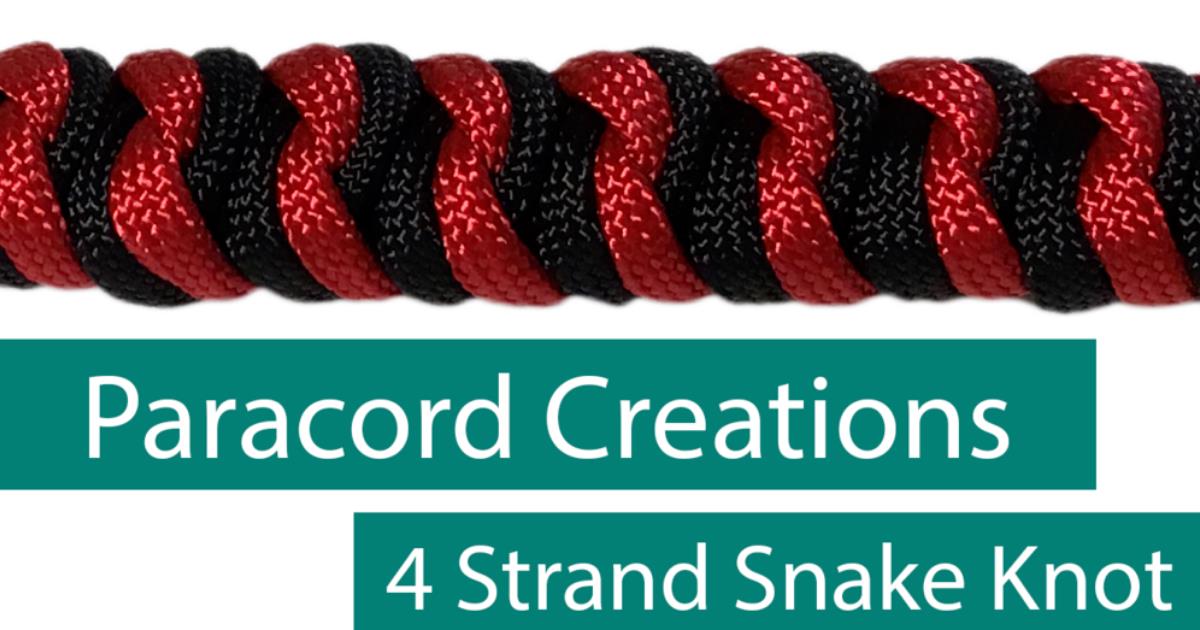
|
If you're looking for reliable and decorative paracord knots, then read on.
|
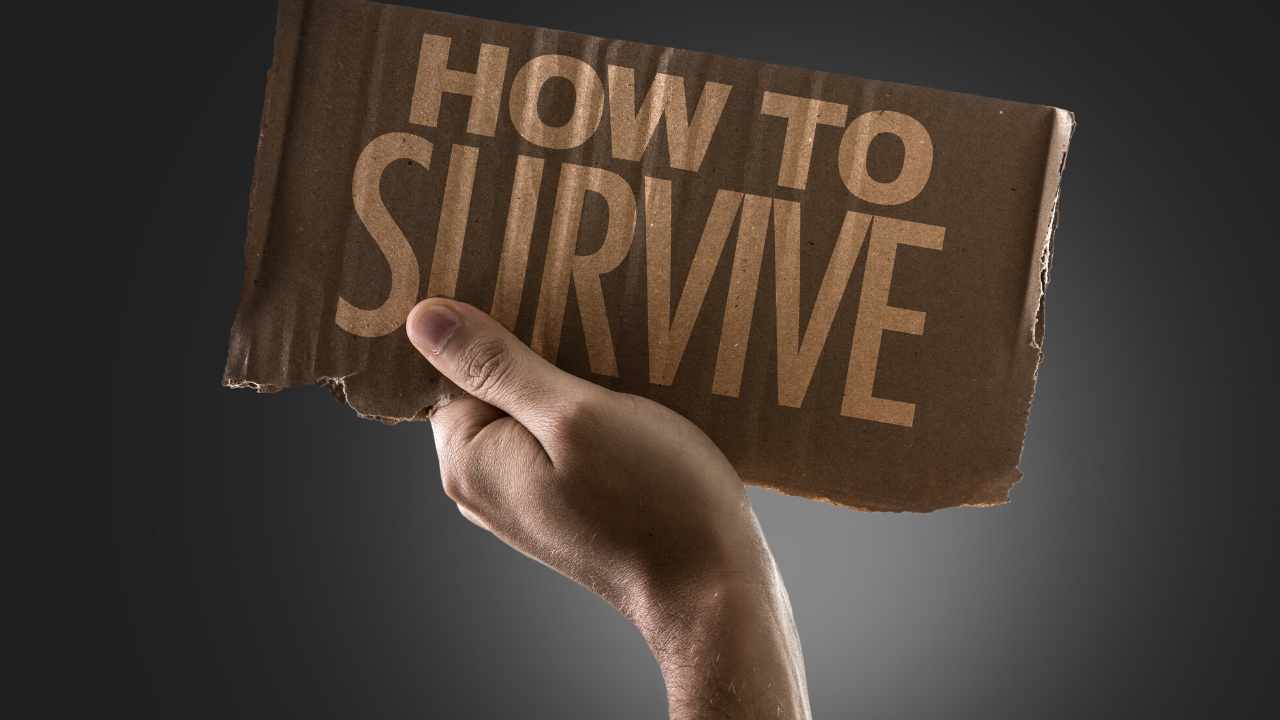
|
Have you ever found yourself in the middle of nature, surrounded by wilderness
|
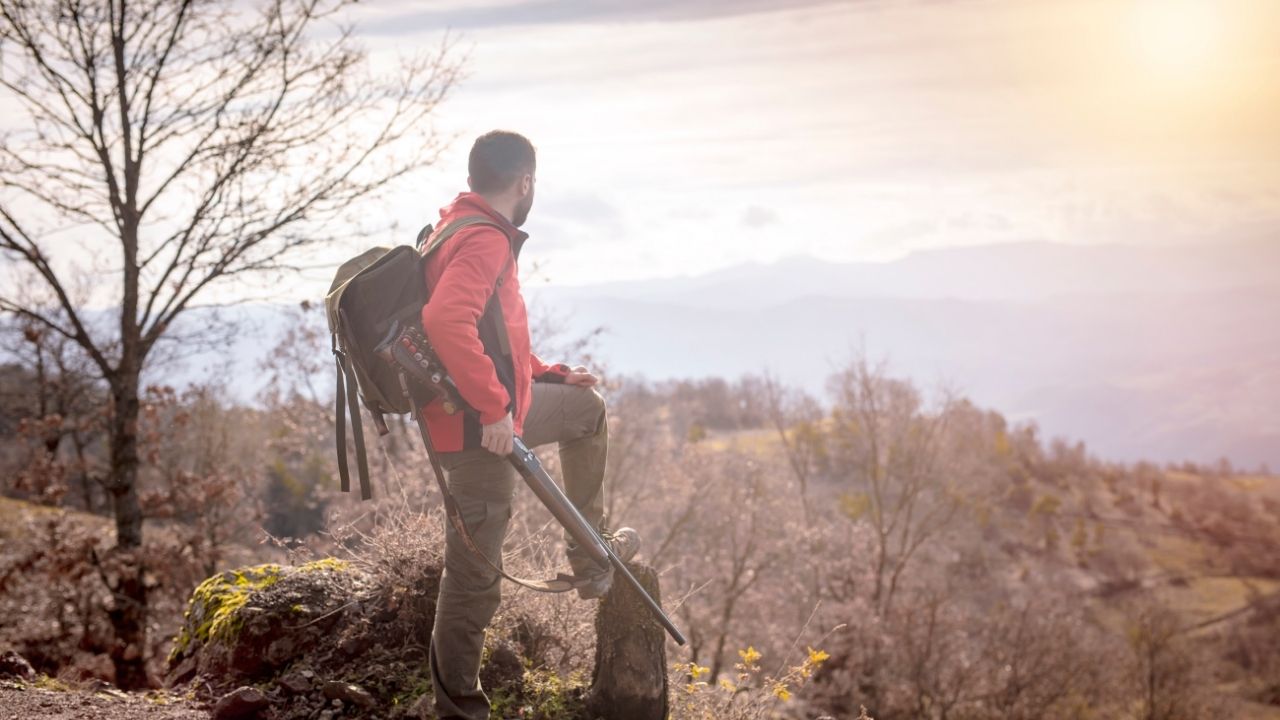
|
Hey there, fellow hunter! If you're out in the wild and trying to survive, you
|
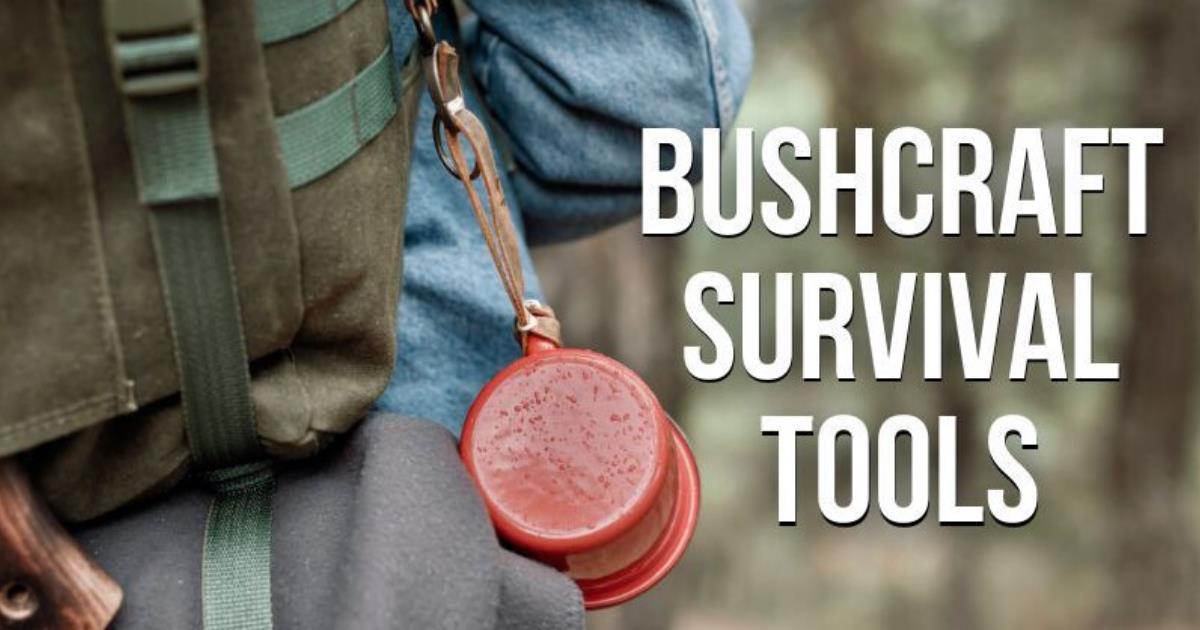
|
Bushcraft is an essential skill that every outdoorsman should have. It involves
|
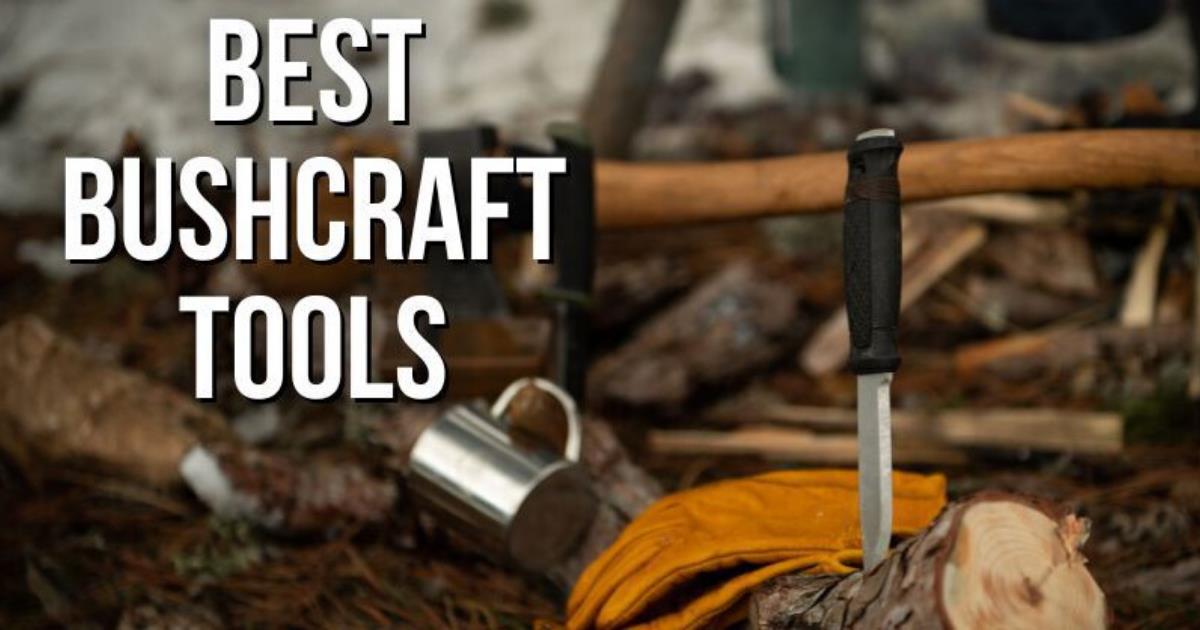
|
Bushcraft is an essential skill that every outdoorsman should have. It involves
|

|
Whether you own property or just rent, understanding your rights to a quiet
|

|
California is a state that is known for beautiful beaches and terrain, plenty
|

|
Catfishing: a security term most commonly used online when a bad actor
|

|
As a homesteader or prepper, you want to be prepared for anything and
|
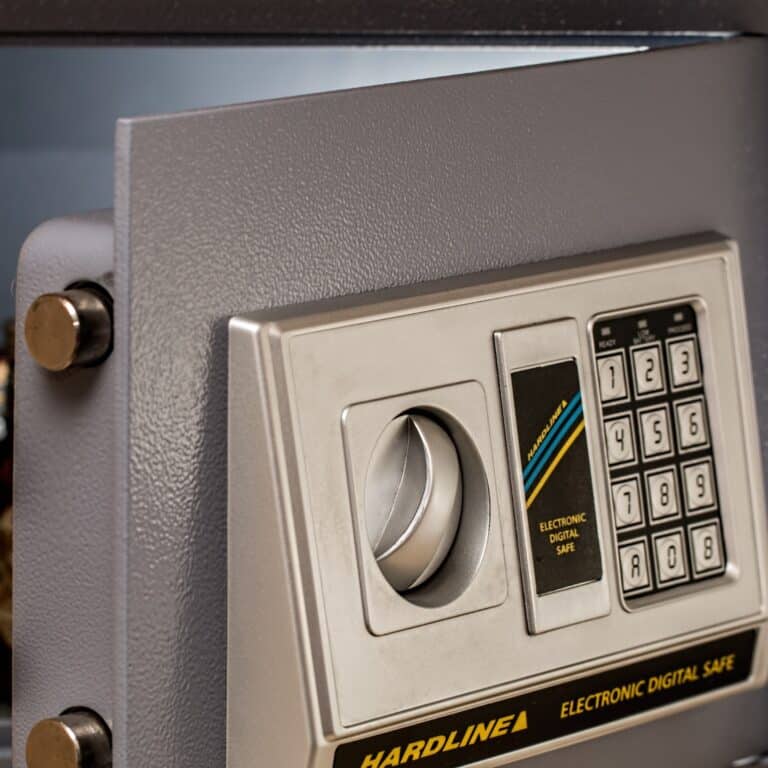
|
Pretty much everyone understands the fact that our valuables need protection.
|
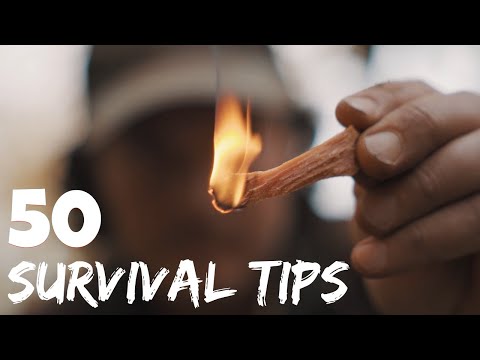
|
This wilderness survival video will give you plenty of tips for how to survive
|

|
For more than a decade, Aaron Fletcher has lived as a nomadic shepherd, mostly
|
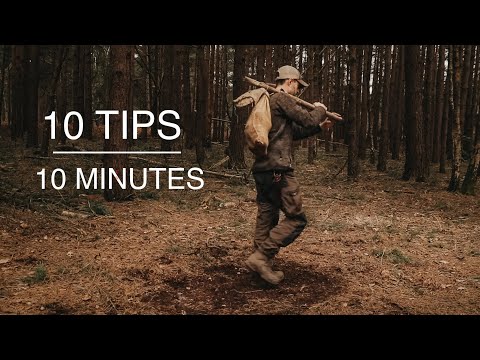
|
Here are 10 wilderness survival, bushcraft and camping tips in 10 minutes!
|
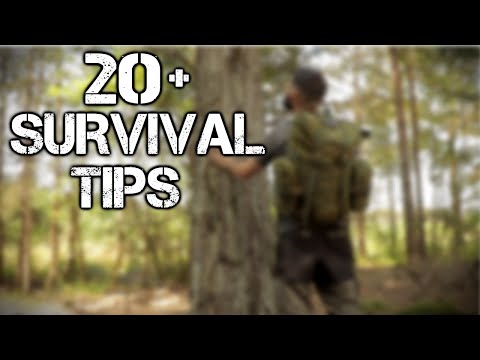
|
20 Wilderness Survival Tips & Bushcraft Skills. First 1,000 who click this
|
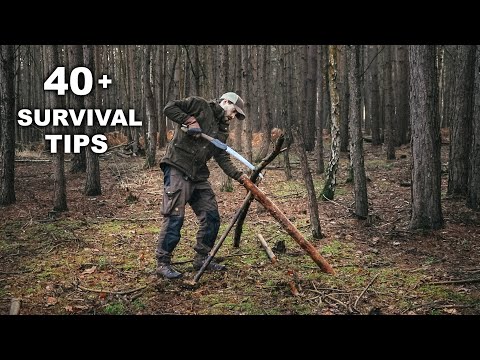
|
Here are over 40 wilderness survival tips and bushcraft skills that you can
|
4 of the Best Bushcraft Tools You Will Ever Need
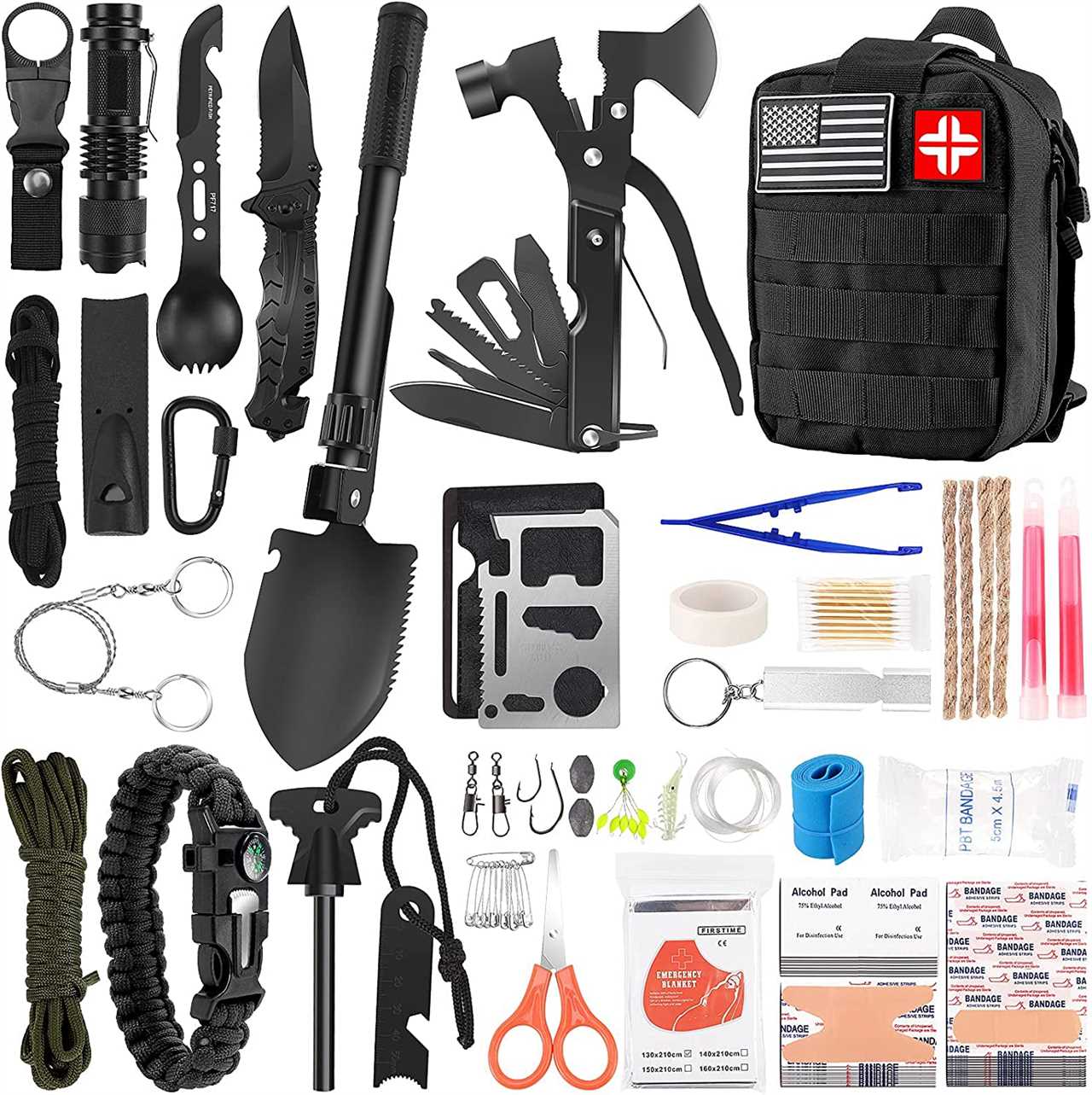
Bushcraft is a crucial skill-set for any outdoors type. It entails using raw materials to generate devices and also shelters, as well as to find meals as well as water.
Possessing the ideal bushcraft devices can easily help make all the difference when you're out in the wilderness. Coming from blades and also centers to saws and fire beginners, these are actually the vital bushcraft resources that every outdoors type must have in their collection.
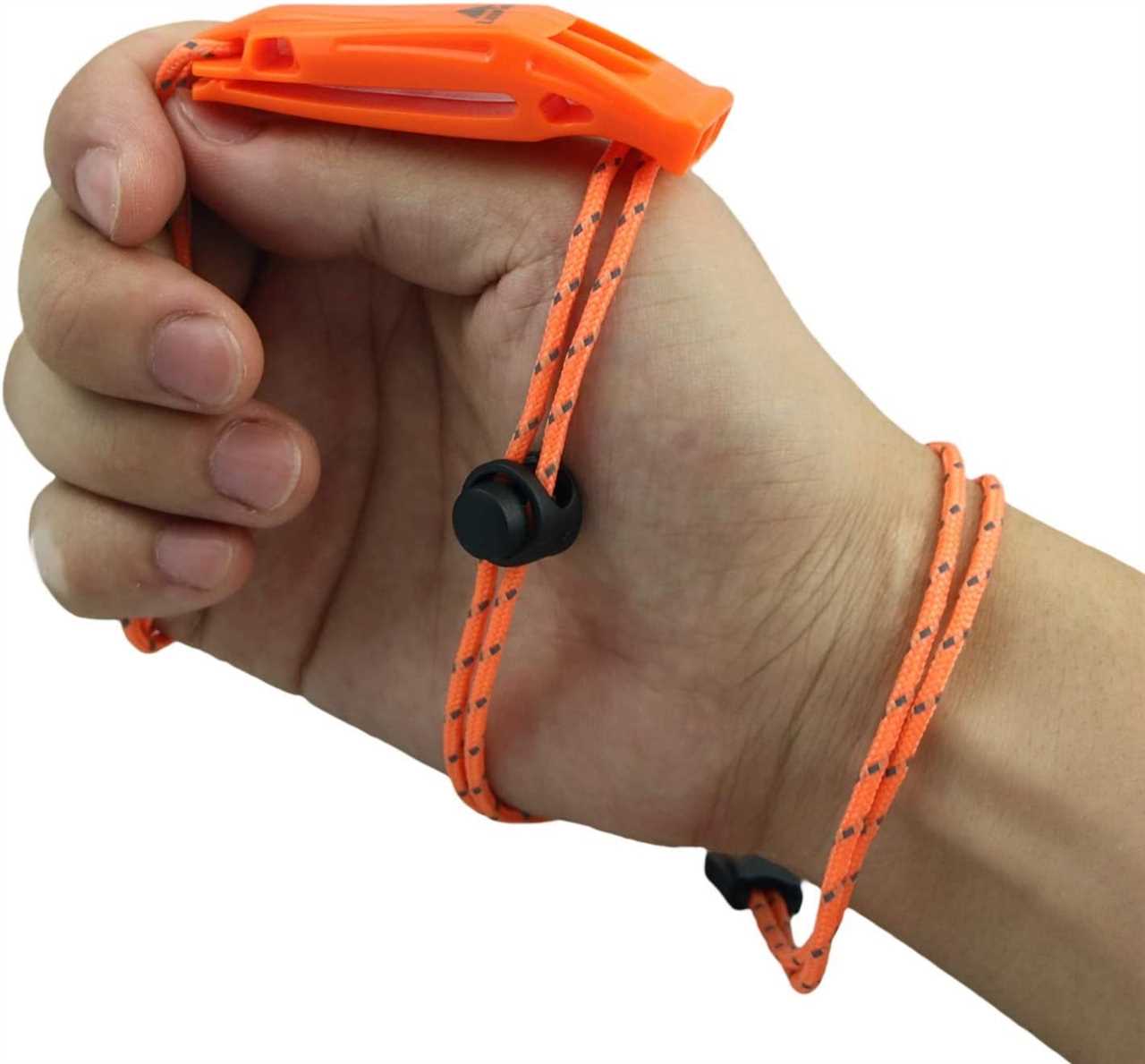
An emergency whistle is a small, lightweight device that can signal for help in a survival situation.
An emergency whistle is an extremely handy tool when it comes to bushcraft. The loud sound of the whistle can last for up to a mile and is audible above most natural sounds, such as wind and animals. It's ideal for signaling your location in an emergency but can also be used to communicate efficiently with fellow outdoorsmen while you're out enjoying nature.
Emergency whistles are also great for alerting wildlife to your presence, so you can avoid any potential danger. They're small and lightweight, making them easy to carry in a pocket or backpack. Plus, they don't require any power source or fuel - just a good pair of lungs!
Best Emergency Whistles on Amazon
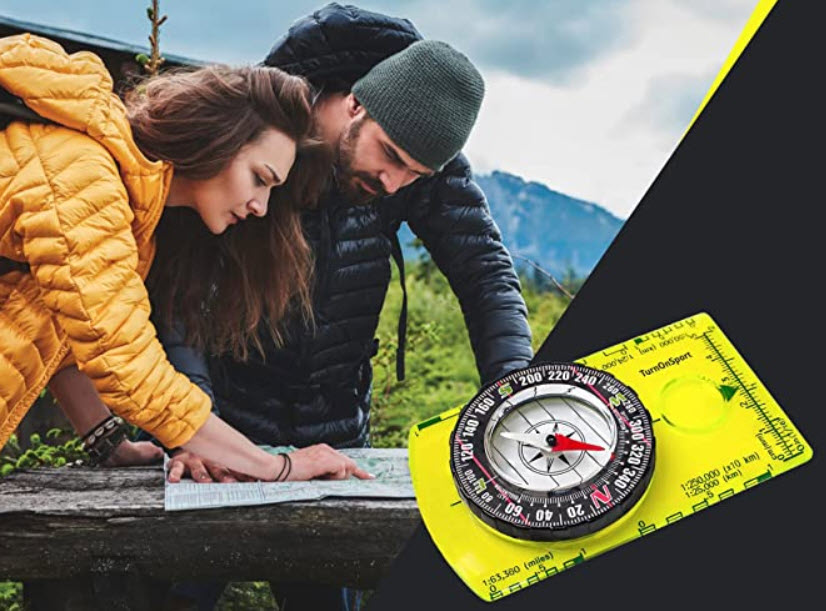
Make sure you have a reliable map of the area you’re exploring and a compass to help you stay on track.
A compass is essential for any bushcrafting exploration since it provides a consistent way to measure directions relative to fixed points. Additionally, bringing one along will help make sure you never get lost and can find your way back. Make sure you know how to properly read a map and determine direction based on a compass reading before heading out into the wilderness.
Best Bushcraft Maps and Compasses on Amazon
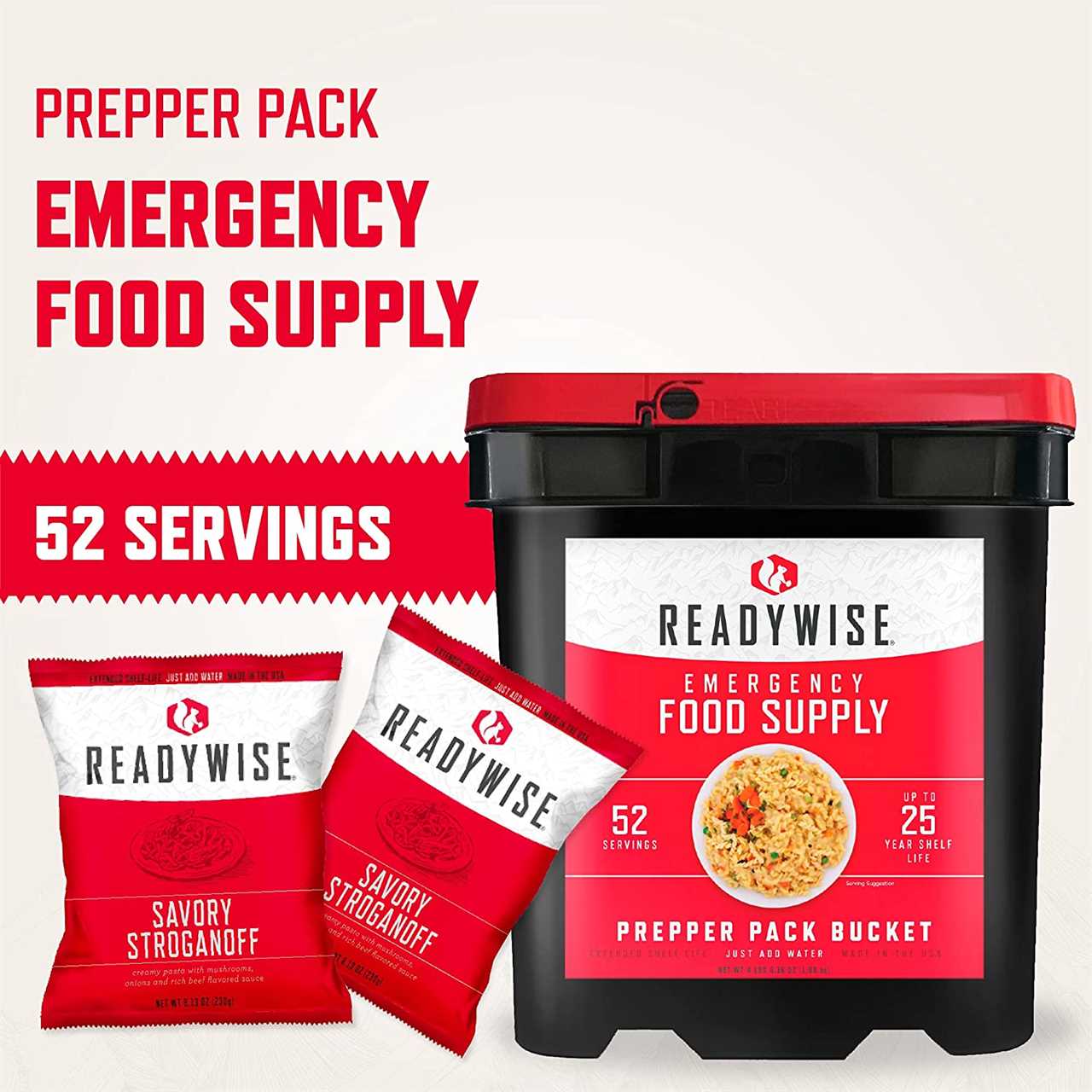
Non-perishable food and water rations are essential for surviving a crisis situation when food and water may not be readily available.
Think about it, if you had to quickly evacuate your home due to an emergency, having packets or cans of non-perishable meals and gallons of fresh water at the ready would keep you energized and hydrated.
These items have a long shelf life without having to be refrigerated or prepared over a heat source such as fuel or wood. This means that you can still access safe sustenance during an unexpected disaster when other resources are unavailable.
So don't wait until a medical emergency happens - make sure you're stocked with non-perishable food and extra water rations before disaster strikes!
Best Emergency Food Ration Kits on Amazon
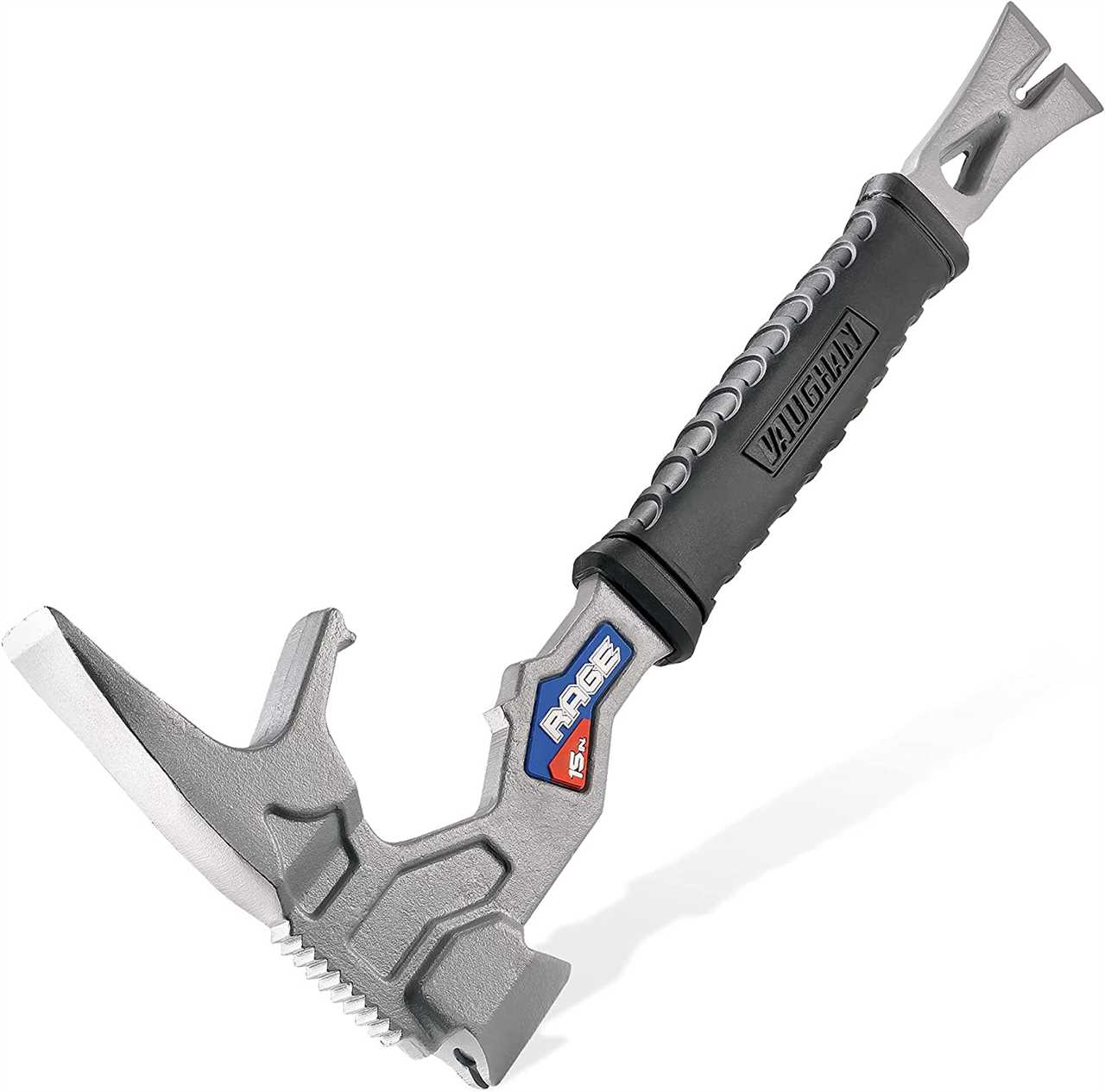
Not all heroes wear capes - some come in the form of a claw bar or pry bar! These real life-savers make bushcraft easier by taking care of difficult tasks like digging holes and removing rocks. These leverage points allow you to easily do more difficult jobs, such as wattling. Don't forget one!
Bushcraft Claw Bars and Pry Bars on Amazon
Bushcraft isn't about relying solely on modern conveniences but rather learning how to utilize what nature has given us and utilizing whatever resources we have at our disposal. With these five essentials mentioned above, everyone from first-time campers to seasoned pros will be ready to tackle whatever nature throws their way during their next round of exploration into untouched woods!
These are just some essential items every bushcrafter should own! Investing in them will ensure success during your excursion into nature!
 What is BushcraftSurvival SkillsToolsVideosBushcraft CampsBushcraft KitsBushcraft ProjectsPrivacy PolicyTerms And Conditions
What is BushcraftSurvival SkillsToolsVideosBushcraft CampsBushcraft KitsBushcraft ProjectsPrivacy PolicyTerms And Conditions
